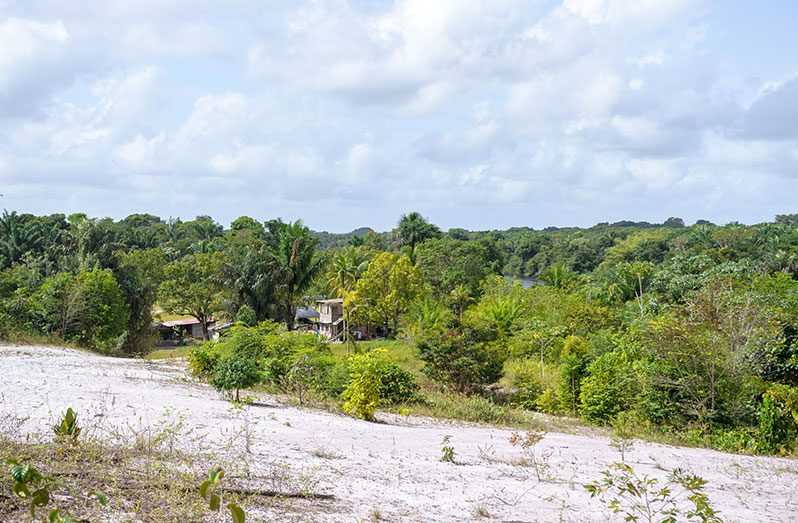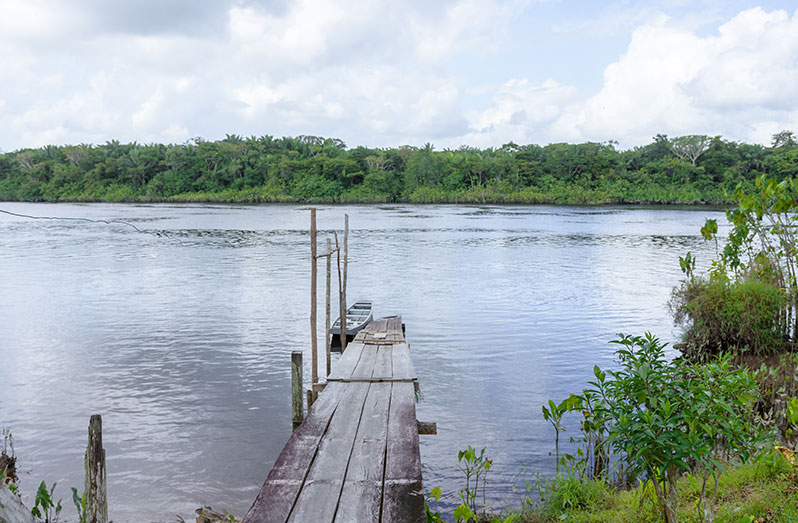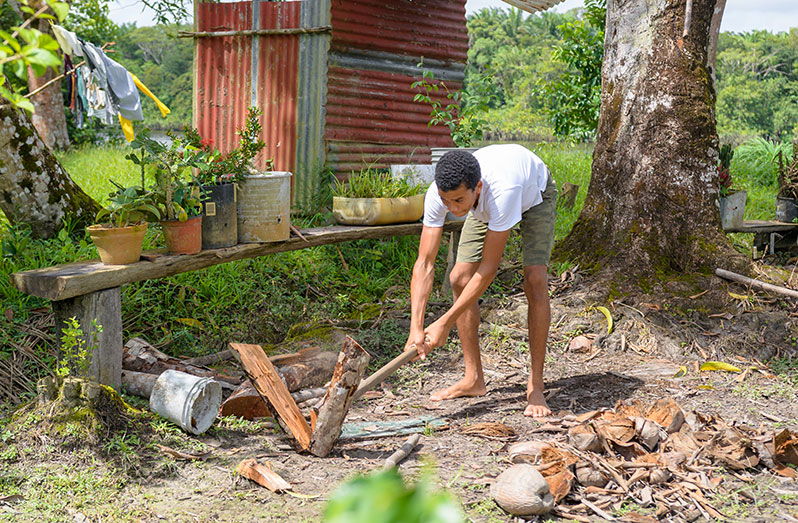One family’s contribution to a community’s development
IT was in 1942 when the late Charles Cornelius went to repair an old Anglican church building in Dora, a community bordered by Low Wood on the Soesdyke/Linden Highway, and the Demerara River. Little did he know that this job would result in life-changing circumstances for him and his family and contribute to the entire community’s development.
The intention was to complete his work and return home to Georgetown to his wife Paulina and their young children. But Charles was apparently fitting in so well with the people that he was asked to move there to help develop the area.
The people in communities along the Demerara River had nowhere to worship, and John Fernandes Snr. (now deceased), who had two’ grants’ in the river, wanted to do something to help. So he arranged to take in scout groups from St Stanislaus College to assist in getting the church ready under Charles’ guidance.
Paulina (also now deceased) joined her husband in Dora and together, they were able to make a significant difference in the lives of the people there. Fernandes bought land in Dora, used it for a bit and then transferred it to the Roman Catholic Church, which then started the mission in Dora.
Paulina grew up in a convent, so when she went to Dora in 1942, she didn’t find it hard to begin teaching the little children from the riverine communities. Because there was no school in the area, she began helping out the families by providing some training and education to their little ones. Starting with just four children at her home, the numbers soon grew to the extent that she had no more space inside!
By this time, Charles had already become the Roman Catholic catechist, and the bishop at the time invited Paulina to use the church building as a school since there was no other suitable building around. From then on, the St. Theresa Roman Catholic School developed into what is now Dora Primary with about 25 pupils.
In those days, though, the school had many more children, as many as 80 at one point. This is because many people lived along the river at places like Endeavour, Clemwood, Yaruni, Tenaboo, Huradia, Silver Hill, Dalgin, and many others. Due to the absence of work and a secondary school, however, many people moved to locations with easier access to such.
Meanwhile, the church decided to begin giving Paulina a monthly stipend as she had worked as a volunteer for quite some time, depending on the fruits and vegetables that the kind parents and others would present to her. After becoming headmistress of the school, her husband joined her in teaching and eventually became the headmaster.
The government would eventually take over the school and start to pay the teachers.
Closest neighbour
Dora, located six miles off the Linden/Soesdyke Highway, now has a population of about 300. The community can be found 47 miles from Georgetown by river and some 20 miles from Linden. The closest neighbour to the family visited in Dora could be found approximately 1,500 feet away.
But residents don’t seem to mind the quiet environment, although life was a bit more hectic back in the day. There is still no electricity in Dora, no GT&T signal (people depend on Digicel for cellphone use), and sadly, no police outpost or health worker. The Long Creek Hospital is the closest in the vicinity of Dora and a health worker in the past visited once a month.
So just what would happen in the event of an emergency? Folks would call a taxi from Soesdyke to come in and take them out, perhaps to the hospital or wherever they needed to go. It would cost them $5,000 or more to get out on the trail. Back in the day, doctors would ‘run’ the river and visit schools to give out medicines and help sick persons. They would pick up the emergency cases and fly them to Linden.
When it comes to economic activities in Dora, most people depend on farming, logging, charcoal burning, and sand mining, and many still use a fireside for cooking as they manage to get their own wood, perhaps wheelbarrowing it to their home.
Noteworthy is the fact that quite a number of good farmlands are going to waste. The Palm Oil project, for instance, was started in 1970 but is now non-existent; the land remains vacant. Residents believe that the government can perhaps provide some form of incentive for people to work on the lands.
Some of the residents of Dora recently benefitted from the government’s relief grants after heavy rains and flooding damaged their crops.

















